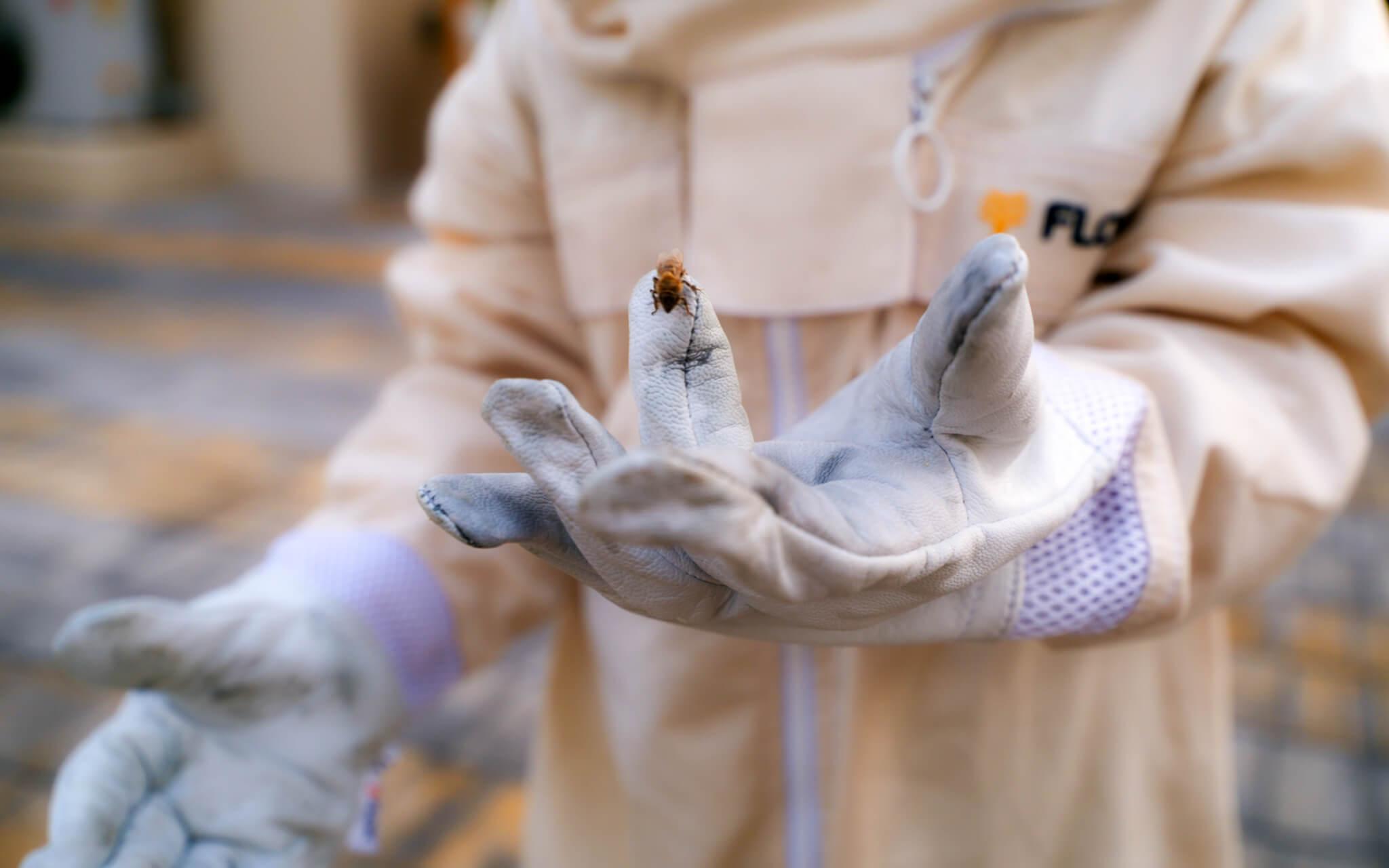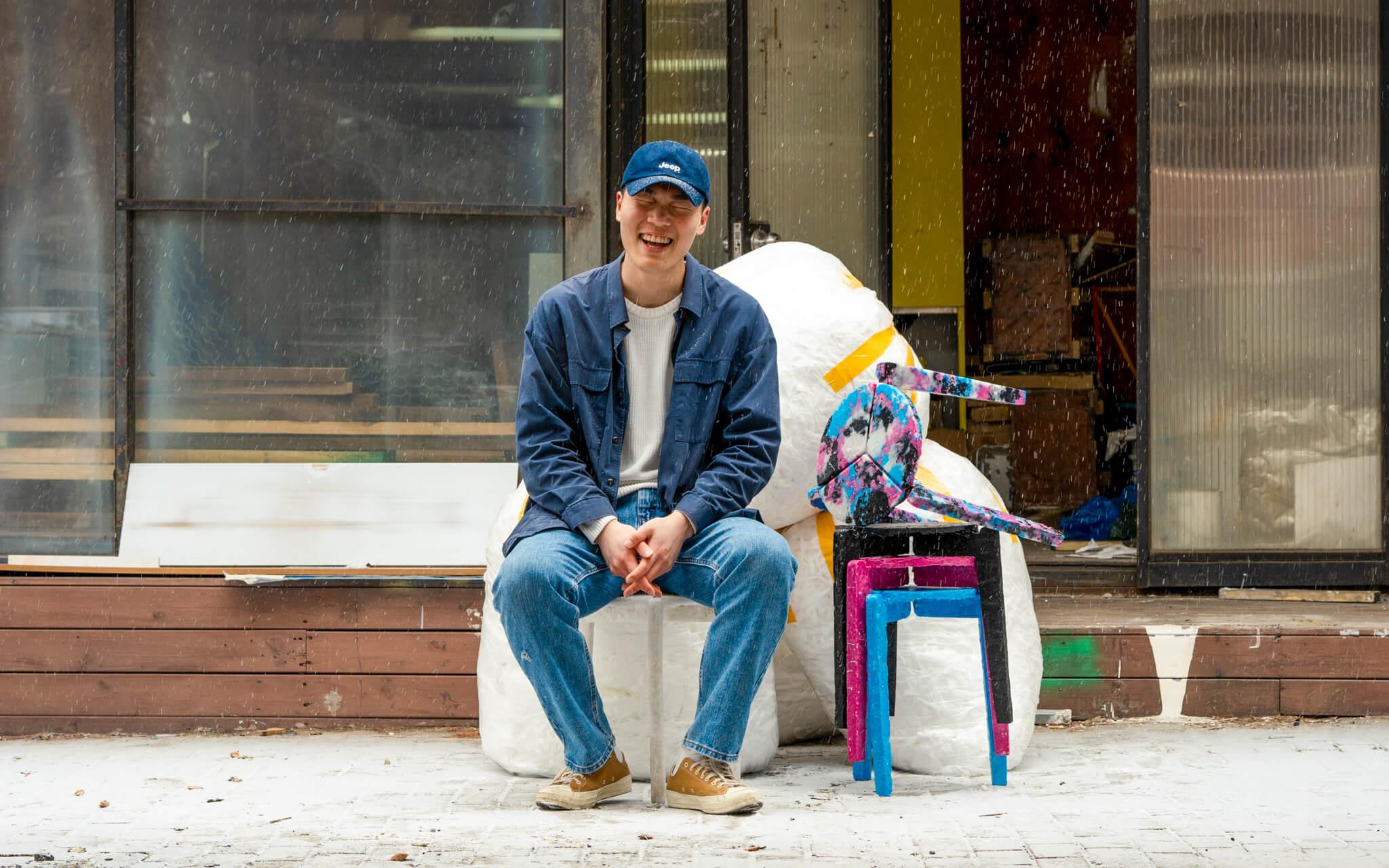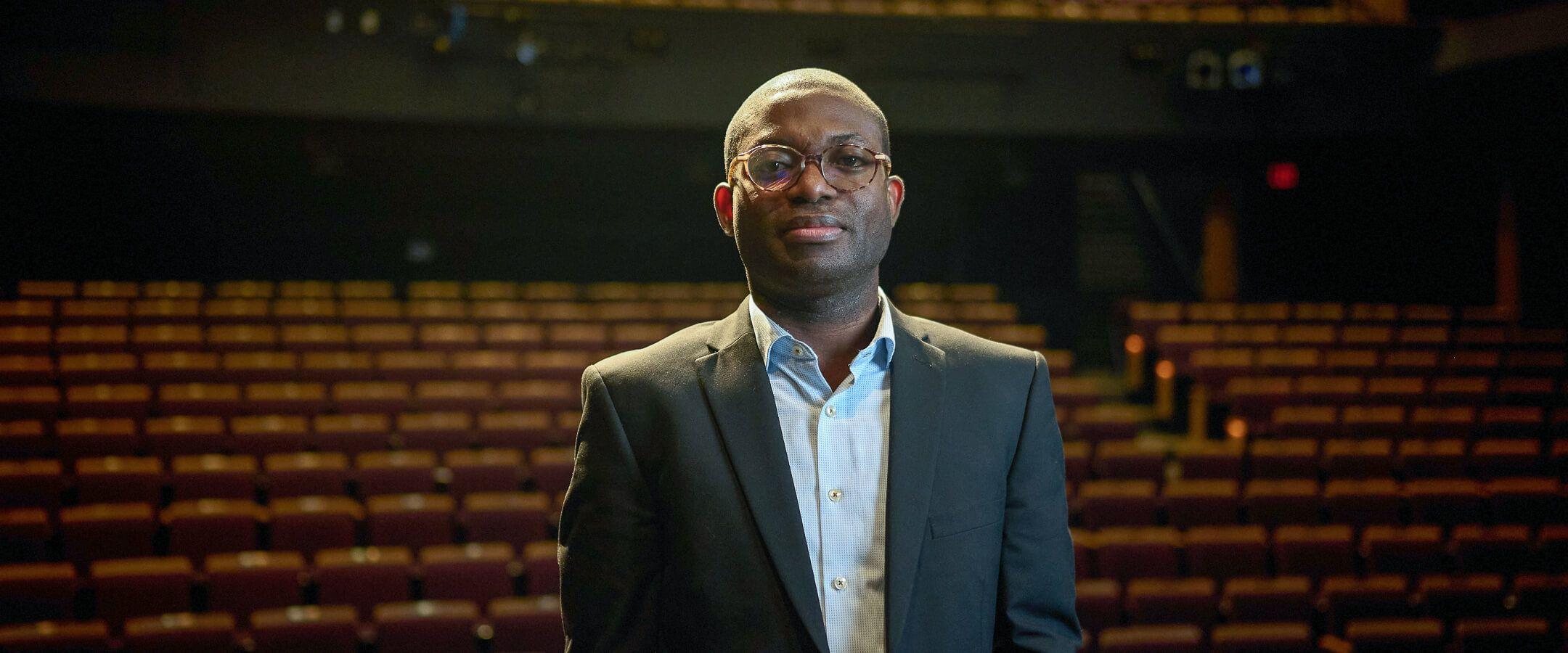Small Brush Strokes, Big Changes
The Fearless Collective is a creative movement dedicated to amplifying narratives from the global South through collaborative art. Founded by Shilo Shiv Suleman, the Fearless Collective has brought dozens of artists together to create hopeful, inspiring murals.
Artist Shilo Shiv Suleman stands in her rich red sari, her warm, welcoming smile juxtaposing the cold, grey London weather. Behind her, a larger-than-life mural in vivid reds, oranges, and greens depicts a garden. Music plays in the background as a group of people gather with paints and brushes. Some artists concentrate on the perfect brush stroke while others take their time socialising, their laughter echoing under the concrete bridge.
“This is the Fearless Collective,” Shilo says proudly.
Originally from India, Shilo founded the Fearless Collective in 2012, creating the female-led artist’s movement following a tragic attack on a 21-year-old girl in Delhi. The Fearless Collective grew out of a mission to target social justice and climate justice issues through compelling storytelling and grand murals. “We have seen miracles happen as people come together in public spaces and paint,” explains Shilo.
One branch of Fearless Collective is titled ‘At the Root,’ giving a voice to the constant fear of watching the earth retaliate to climate change. At the Root works with communities that are either embedded in indigenous ways or traditional methods, initiatives that thus protect the earth or fight at the frontlines of environmental movements.
“We use art to amplify their stories,” Shilo says, dipping her brush in a dark green paint. “Our approach is to introduce our narrative when it comes to climate change. Most of the narrative now is very Western. We see another way, and ours is through stories.”
Fearless Collective finds ways to tell its stories visually in public spaces, emphasising the importance of a global narrative that centres marginalised voices. “This is not new. Storytelling was very much the main methodology of delivering a message, so it is actually a sense of return, a connection to earth through art and culture. Our aim is to decolonise the language around climate justice,” she says, still focused on the painting taking shape in front of her.
Fearless Collective’s latest venture was at Jaisalmer in the Indian state of Rajasthan; dubbed “The Golden City,” Jaisalmer is known for its desert but is also home to the most sacred forests in India. Fearless Collective worked on a large mural depicting the sacred groves of Rajasthan, of which there are over 25,000. The mural was crafted inside an 800-year-old fortress by community women, with paint from crushed Lapiz Lazulai and turquoise on ancient limestone walls.
The irony of watching Shilo reminisce about sacred groves while she paints in a concrete urban site is both amusing and inspiring. “Did you know they have 40 names for clouds over there? Can you imagine?” she says. “Staying with them, we learned of their 600-year-old water systems that work till today and the ecology of the area.”
Our approach is to introduce our narrative when it comes to climate change. Most of the narrative now is very Western. We see another way, and ours is through stories.
Fearless Collective aims to take up space and tell existing stories that may have been forgotten or need to be highlighted. As Shilo says, they intend to make these stories “loud and proud.” For Shilo and the rest of the Fearless Collective, the narrative around climate change needs to come from a space of love, not impending doom—a narrative void of fear.
But she puts down her brush when she speaks about her journey and the creation of the Fearless Collective.
“I started painting when I was 13 in India, it was a time of tremendous fear in my life; my father went on a business trip to China and disappeared. There was my mother, two children and no skill set but painting. We would take a box of crayons and teach art,” she says.
“I always say that it was beauty that saved me because it became not only our financial backbone, but it was an emotional release. We would come back home and paint as if it was a chemical reaction. We were taking out these poisons from our bodies and throwing it out on paper. The process allowed for something else to exist.”
At the time, her mother’s paintings depicted fear, a fear that was leaving their system and slowly became beauty and hope. Art became a cathartic release, leading Shilo and her mother into a new reality.
This methodology is the backbone of The Fearless Collective, the same methodology that saved Shilo, “It has the capacity to save the world, I believe.”
Inspired by artists such as Diego Rivera and Frida Kahlo and their unique gift of turning imagination into reality, Fearless Collective trains artists on climate activism. Part of their work emphasises that, although the current trend is technology, when it comes to climate change, it is important that the narrative of the global South is addressed. And this is why every year, they choose 15 artists from the global South to join the mural paintings.
Shilo explains that the strength is not just in the number of artists chosen but in their constructive dialogue; “We know what we stand against, but it’s always tricky uniting on what we stand for. It’s easy to be critical, but we need to move from the critical to the possible.”
Taking a step back from the mural, Shilo admires the giant green olive that is part of a larger-than-life olive tree on the wall: it stands loud and proud, oranges and pomegranates now filling the concrete surface. “When you look at the work of my mother and myself, they are magical worlds created by tiny brush strokes; this is what we do with the communities we work with,” she says.
“These worlds may not have been given to us, but we can create them with our imagination and then step into them - just like this Palestinian garden we’ve painted, remembering that we can create a vision of what we want”.
Most Popular
The Climate Tribe delivers stories about Biodiversity and Conservation, Circular Economy, Food and Water , and how they intersect with climate.
Subscribe
Get the latest stories inspiring climate action around the globe straight to your inbox.






